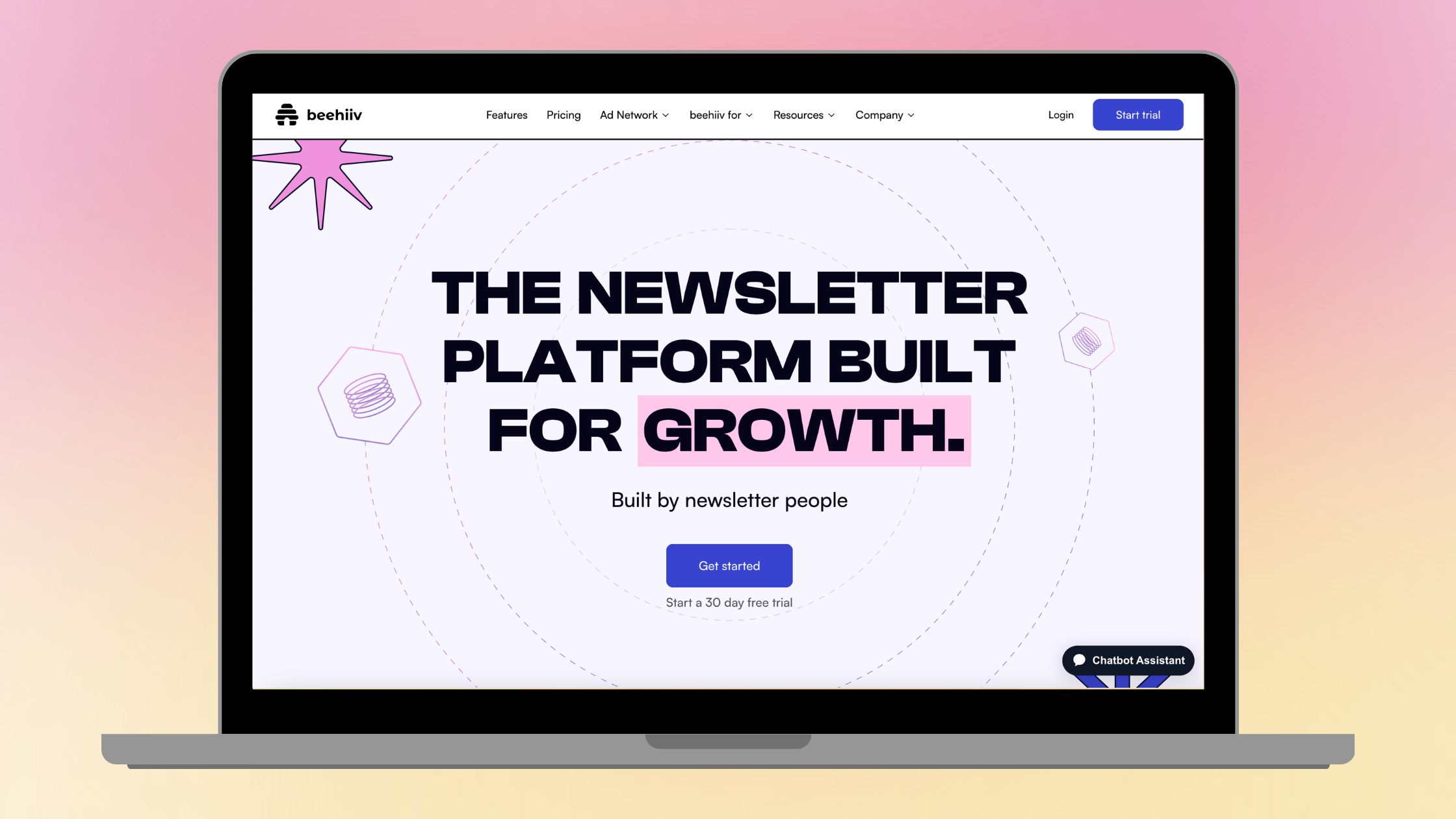In today’s fast-paced digital landscape, businesses face the challenge of making informed decisions that can propel them ahead of the competition. Enter the era of data-driven decision making, where the power of analytics transforms raw data into actionable insights. In this comprehensive guide, we’ll explore the significance of analytics in business strategy and how leveraging data can be a game-changer for your success.
The Foundation of Data-Driven Decision Making
Understanding Analytics
At its core, analytics is the process of examining data sets to draw conclusions and make informed decisions. In the context of business, analytics involves interpreting various types of data to gain insights into performance, customer behavior, and market trends. By harnessing the power of analytics, businesses can move beyond gut feelings and make decisions backed by concrete evidence.
The Role of Data in Decision Making
Data is the lifeblood of analytics, and businesses generate vast amounts of it every day. From customer interactions on your website to sales figures and social media engagement, every touchpoint produces valuable information. The challenge lies in transforming this raw data into actionable intelligence. This is where analytics tools and strategies come into play.
Key Benefits of Data-Driven Decision Making
1. Improved Accuracy:
- Precision in Targeting:
- With data-driven insights, businesses can precisely target their audience. By analyzing customer demographics, behavior, and preferences, marketing efforts can be tailored to reach the most receptive audience, improving the accuracy of targeting and reducing wasted resources.
- Inventory Management:
- For businesses dealing with inventory, accurate predictions based on historical data can prevent overstocking or stockouts. This ensures optimal inventory levels, reducing holding costs and enhancing overall operational efficiency.
- Sales Forecasting:
- Data-driven forecasting models can provide accurate predictions of sales trends. This allows businesses to anticipate demand, adjust production or inventory levels accordingly, and capitalize on market opportunities.
2. Enhanced Efficiency:
- Resource Allocation:
- Data-driven decision making enables businesses to allocate resources more efficiently. Companies can focus their budget and efforts on strategies that bring the most significant returns by analyzing which channels or campaigns yield the highest ROI.
- Operational Streamlining:
- Understanding operational inefficiencies is crucial. With data insights, businesses can identify process bottlenecks, optimize workflows, and streamline operations. This not only improves efficiency but also reduces costs.
- Time Management:
- Real-time data allows for quicker decision making. Businesses can respond promptly to market changes, customer needs, or emerging trends, gaining a competitive advantage through timely actions.
3. Identifying Trends and Patterns:
- Market Trends:
- Data-driven insights help businesses stay ahead of market trends. Companies can identify emerging trends by analyzing consumer behavior and preferences, allowing for proactive adjustments to product offerings or marketing strategies.
- Competitor Analysis:
- Understanding how competitors are performing in the market is vital. Data-driven competitive analysis provides valuable insights into competitor strategies, enabling businesses to make informed decisions to maintain or gain a competitive edge.
- Consumer Behavior Analysis:
- By closely examining consumer behavior data, businesses can uncover patterns that inform product development, marketing messaging, and customer engagement strategies.
4. Customer-Centric Strategies:
- Personalized Marketing:
- Data-driven insights enable personalized marketing campaigns. By understanding individual customer preferences, businesses can tailor their messaging, promotions, and recommendations, fostering stronger connections and increasing customer loyalty.
- Customer Journey Optimization:
- Analyzing the customer journey through data helps identify touchpoints that impact purchasing decisions. Optimizing this journey enhances the overall customer experience, leading to increased satisfaction and repeat business.
- Feedback Analysis:
- Customer feedback, when analyzed systematically, provides valuable information. Data-driven decision-making allows businesses to identify areas for improvement, address customer concerns, and enhance overall product or service quality.
5. Real-Time Decision Making:
- Adaptability to Market Changes:
- In a rapidly changing business environment, the ability to make real-time decisions is crucial. Data-driven insights, especially when obtained in real-time, empower businesses to adapt swiftly to market changes, ensuring agility and responsiveness.
- Campaign Optimization:
- For digital marketing campaigns, real-time data allows for immediate optimization. Businesses can adjust ad spend, targeting parameters, or creative elements on the fly based on performance metrics, maximizing campaign effectiveness.
- Supply Chain Management:
- Real-time data in supply chain management ensures that businesses can respond promptly to fluctuations in demand, supply chain disruptions, or changes in market conditions. This agility is vital for maintaining a competitive edge.
Expanding on these benefits provides a more in-depth understanding of how data-driven decision making can positively impact various facets of business operations. By leveraging the full potential of data analytics, businesses can unlock new opportunities and navigate the complexities of the modern business landscape with confidence.
Implementing Data-Driven Decision Making in Your Business
1. Choose the Right Analytics Tools:
Selecting the appropriate analytics tools is the cornerstone of effective data-driven decision-making. Consider the specific needs and goals of your business. Google Analytics, for example, is a versatile tool that provides in-depth insights into website traffic and user behavior. If your business relies heavily on social media, tools like Facebook Insights or Twitter Analytics can offer valuable social media performance data. CRM tools such as Salesforce or HubSpot can provide insights into customer interactions. It’s crucial to align your analytics tools with your business objectives and the type of data you need to gather.
2. Define Key Performance Indicators (KPIs):
Defining clear Key Performance Indicators (KPIs) is essential for focusing your analytics efforts on what matters most to your business. Identify the specific metrics that align with your goals. For instance, if your primary goal is to increase online sales, relevant KPIs might include conversion rates, average order value, and customer acquisition costs. Establishing KPIs provides a measurable framework for evaluating your business performance and allows you to tailor your data collection and analysis accordingly.
3. Invest in Training:
Ensuring that your team is well-equipped to harness the power of analytics is critical. Invest in training programs to enhance the analytical skills of your employees. This can involve workshops, online courses, or hiring external experts to train your team. A well-trained workforce not only maximizes the value extracted from your analytics tools but also fosters a culture of data-driven decision-making throughout your organization.
4. Integrate Data Sources:
Many businesses generate data from various sources, including websites, social media platforms, CRM systems, etc. Integrating these data sources creates a comprehensive view of your business performance. Use data integration tools or platforms to centralize information, providing holistic understanding. This integration breaks down data silos, enabling more accurate analyses and facilitating better decision-making across departments.
5. Data Visualization:
Once you’ve collected and integrated your data, the next step is to present it meaningfully. Data visualization tools, such as Tableau or Power BI, can transform complex datasets into clear and visually engaging representations. Utilize charts, graphs, and dashboards to highlight trends, correlations, and insights. Effective data visualization not only aids in understanding but also allows stakeholders at all levels of your organization to grasp and act upon critical information quickly.
6. Establish Data Governance:
As your business grows, maintaining data accuracy and consistency becomes paramount. Establish robust data governance policies to ensure data quality and integrity. This includes defining data ownership, setting data quality standards, and implementing processes for data validation and cleansing. A well-defined data governance framework instills confidence in your data, fostering trust in the decision-making process.
7. Iterative Improvement:
Implementing data-driven decision-making is an ongoing process of refinement. Regularly assess your analytics strategy, reassess KPIs, and update data sources as your business evolves. Be open to feedback from your team and make iterative improvements based on the changing needs of your business and advancements in analytics technology.
By delving into the specifics of each step, businesses can implement data-driven decision-making not only effectively but also continuously evolve their strategies for optimal results. Remember, the key is to collect data and transform it into actionable insights that drive positive outcomes for your business.

Overcoming Challenges in Data-Driven Decision Making
1. Data Security and Privacy: Navigating the Digital Minefield
The digital age has ushered in unparalleled access to data, but it has also heightened concerns about security and privacy. As businesses amass valuable information, the responsibility to safeguard it becomes paramount.
Implementation of Robust Security Measures:
- Deploy advanced encryption techniques to protect sensitive data both in transit and at rest. This ensures that the data remains unintelligible and secure even if unauthorized access occurs.
- Regularly update security protocols to stay ahead of evolving cyber threats. Engage with cybersecurity experts to conduct comprehensive audits and vulnerability assessments.
Adherence to Privacy Regulations:
- Understand and comply with data protection regulations such as GDPR, CCPA, or any other applicable regional laws. This not only safeguards your customers’ privacy but also shields your business from legal ramifications.
Building Trust Through Transparency:
- Clearly communicate your data privacy policies to customers. Transparency fosters trust, and customers are likelier to engage with businesses that prioritize and openly express their commitment to data security.
2. Data Overload: Navigating the Sea of Information
In an era of big data, businesses are often flooded with overwhelming information. The challenge is not just collecting data but extracting meaningful insights from it.
Focus on Relevant Data:
- Define key performance indicators (KPIs) that align with your business objectives. Concentrate on metrics that directly impact decision-making processes, avoiding the distraction of irrelevant data points.
- Implement advanced analytics tools that can automatically sift through vast datasets, highlighting trends and anomalies relevant to your business goals.
Utilizing Data Governance:
- Establish a robust data governance framework. This involves defining ownership, quality standards, and access protocols for your data. Governance ensures that data is not only comprehensive but also reliable and actionable.
Implementing Advanced Analytics:
- Leverage advanced analytics techniques like machine learning algorithms to sift through and analyze large datasets. These tools can identify patterns and correlations that are not immediately apparent through traditional analysis.
3. Cultural Shift: Breaking Down Silos for Collaborative Insights
One of the most significant challenges in data-driven decision-making is not technical; it’s cultural. Organizations often face resistance to change and a reluctance to adopt a data-centric mindset.
Embrace Data Literacy:
- Promote data literacy within your organization. Provide training programs that empower employees at all levels to understand and interpret data. This fosters a culture where everyone feels comfortable engaging with data.
Open Communication Channels:
- Break down silos between departments. Data-driven decision-making is most effective when insights are shared across teams. Encourage open communication channels, ensuring that relevant data is accessible to all who need it.
Leadership Buy-In and Advocacy:
- Secure buy-in from top leadership. Executives championing a data-driven culture sets the tone for the entire organization. Leaders should actively advocate for the use of data in decision-making processes.
The Path Forward: Navigating the Data-Driven Landscape
Addressing these challenges becomes imperative as businesses navigate the intricate landscape of data-driven decision-making. By fortifying data security, managing information overload effectively, and fostering a culture that embraces analytics, organizations can position themselves for success in an increasingly data-centric business environment.
Remember, the journey towards a data-driven future is ongoing. Stay agile, adapt to evolving technologies, and embrace the transformative power of data to make decisions that propel your business forward.
Conclusion
In the information age, data is a powerful asset that businesses can leverage to make strategic decisions. The shift towards data-driven decision-making is not just a trend; it’s necessary for those aiming to stay competitive and relevant in their industries. By understanding the role of analytics, embracing the right tools, and fostering a culture that values data, your business can unlock new potentials and thrive in the ever-changing business landscape.
Ready to embark on your data-driven journey? Dive into the analytics, uncover insights, and let the power of data guide your business decisions.
Stay tuned to Shy Cowboy’s blog for more insights on data-driven strategies and business success. Subscribe to our newsletter for the latest updates in digital marketing and automation.


